One of the best things about traveling and being in a foreign country is trying out new foods! Foods from around the world have become a big part of travel these days with unique cuisines or cultures around the world, and South Korea is quite unique itself. When one thinks of food from South Korea, the first thing that may come to mind is Korean barbecue or kimchi however there is so much more!
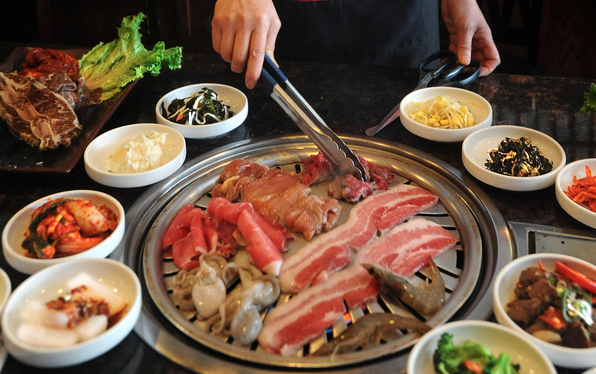
Korean barbecue where you cook the meat and eat straight off the grill!
I’ve been studying abroad in South Korea for nearly 6 months now and have become accustomed to the cuisine here. Korean barbecue is perhaps the most common dish you’ll find served in Korea, among the popular dishes of samgyeopsal (pork) or bulgogi (marinated beef), and other types and cuts of meat available. Other very common meals are fried chicken which is often paired with beer, seafood of all sorts (which is very fresh because of location), and rice bowl type restaurants in which you get rice with a type of meat and some vegetables. While you are sure to run into these types of foods everywhere you turn, you can surely find just about any type of cuisine you are looking for especially if you visit Itaewon which is known for being the area with the most foreigners.
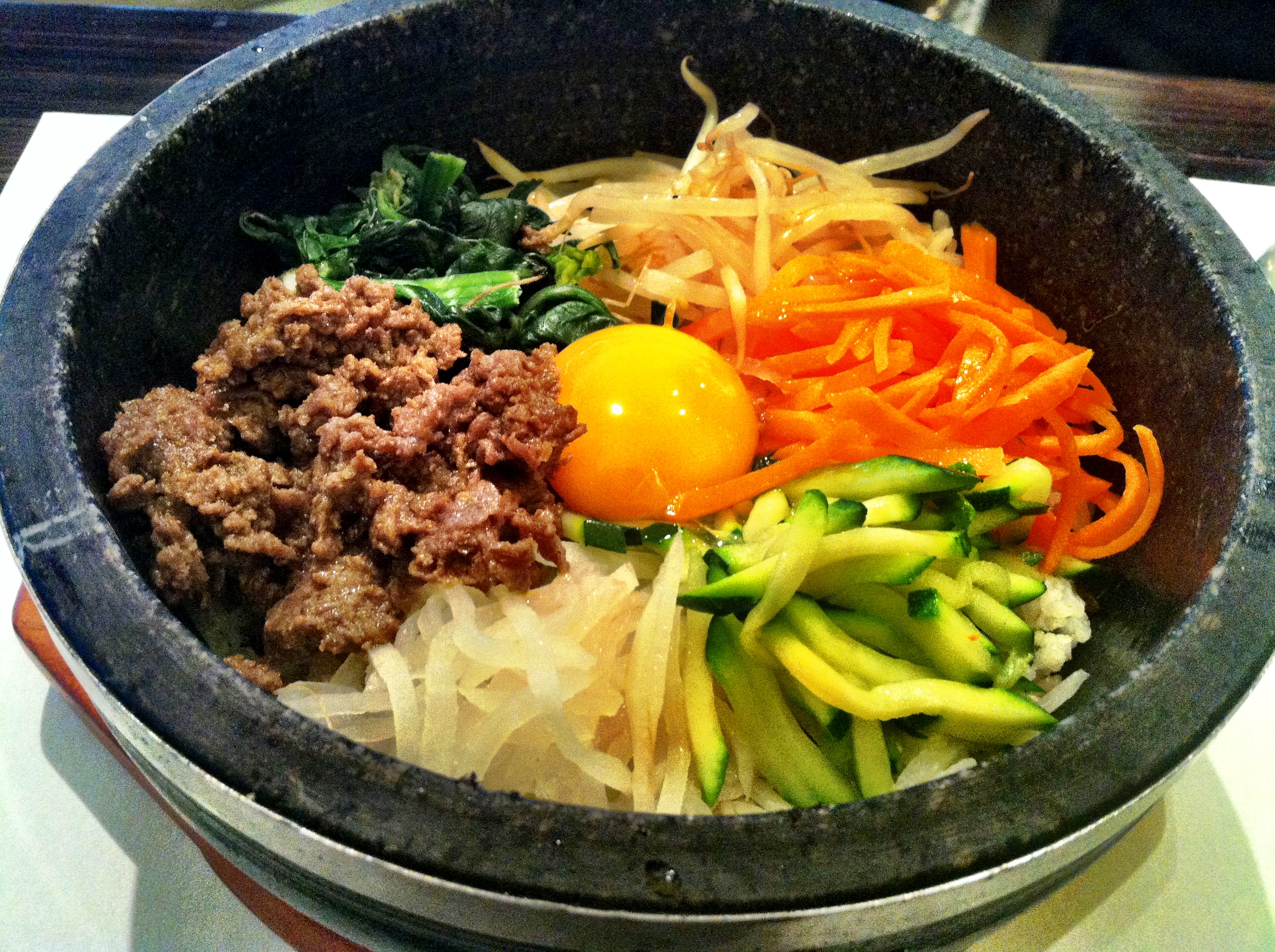
Bibimbap is a bowl of rice with many vegetables, egg, and meat mixed together.
I enjoy seafood however, I usually stick to cooked dishes and a limited selection of common seafood such as crab, salmon, fish and shrimp. Since South Korea is right next to the ocean, the seafood is as fresh and diverse as you can get at the Noryangjin fish market. One thing I never thought I would try is live octopus. It is a very unusual and traditional dish in South Korea where tentacles are served still squirming on the plate. You dip it in a spicy type of oil and then eat it! The live octopus tasted pretty good actually, however the experience of having it squirming and stick to your mouth was really intense for me.
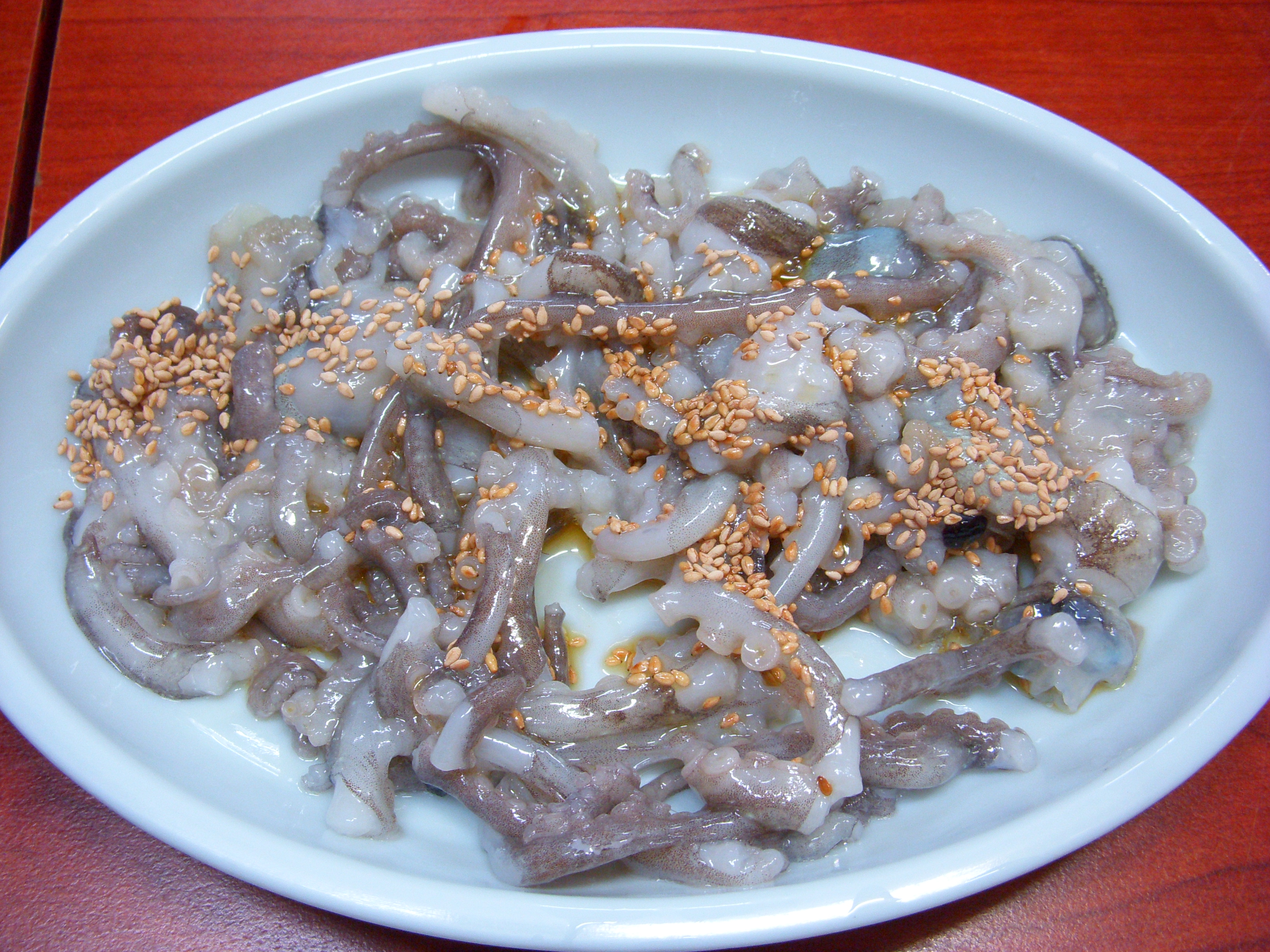
Live octopus tentacles with sesame seeds. Definitely the strangest thing I’ve ever eaten!
The food I will miss the most when I return to the U.S. is gimbap. Gimbap is a simple, quick food which looks similar to sushi. It is usually some type of meat, tuna, or vegetables stuffed in rice and then rolled in a seaweed wrap. This quick food is nothing extravagant however the reason I will miss it is because of how easily available it is and it is quite healthy! At home in the U.S., if I wanted a quick bite to eat I usually resorted to fast food or heating up leftovers. With gimbap, I can usually find it fresh at any convenience store or one of the many food stalls or restaurants. It is easy to grab and go, or even take home. The best part is a roll of about 8-10 pieces costs around $1.20 USD!
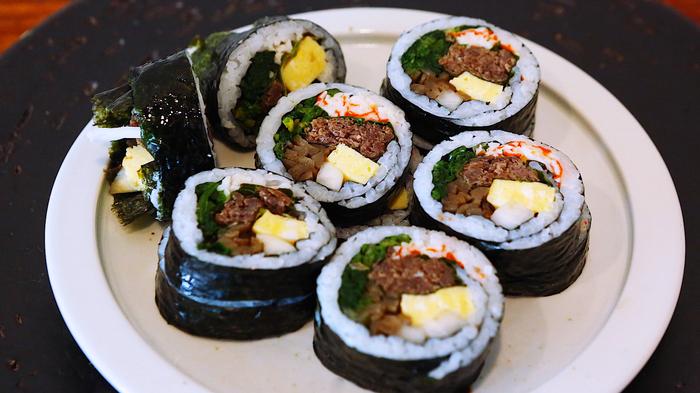
Gimbap is so cheap, delicious, and filling! With so many options you surely won’t get tired of it anytime soon!
I grew up in the United States and with a diverse population, so I have become accustomed to having a great variety of food available. I’ve also noticed that so many people including myself live busy lives in which they don’t have time to really enjoy a meal. There are so many times where I found myself grabbing a quick bite to eat and taking it home, or eating fast food in the car while on my way somewhere. In South Korea this is quite different. Eating in Korea is more of a social event and I see a lot less people eating alone. Usually friends or co-workers set up meeting times for lunch or dinner. Another difference is sharing food at the table! In the U.S. when I go out to eat with friends, everyone usually orders their own meals and sometimes we share an appetizer. In Korea, everyone agrees on a type of meat or food and places a large order that everyone shares straight from the pan it was cooked in! For instance, a restaurant I often go to with friends is a kind of fried rice place. You sit at a table with a large grill and pan in the middle and then choose a type of meat and any vegetables you want. They bring a large bowl of rice, vegetables, and meat, then cook it in the pan in front of you. When it is cooked, everyone takes from the pan onto their small plate.
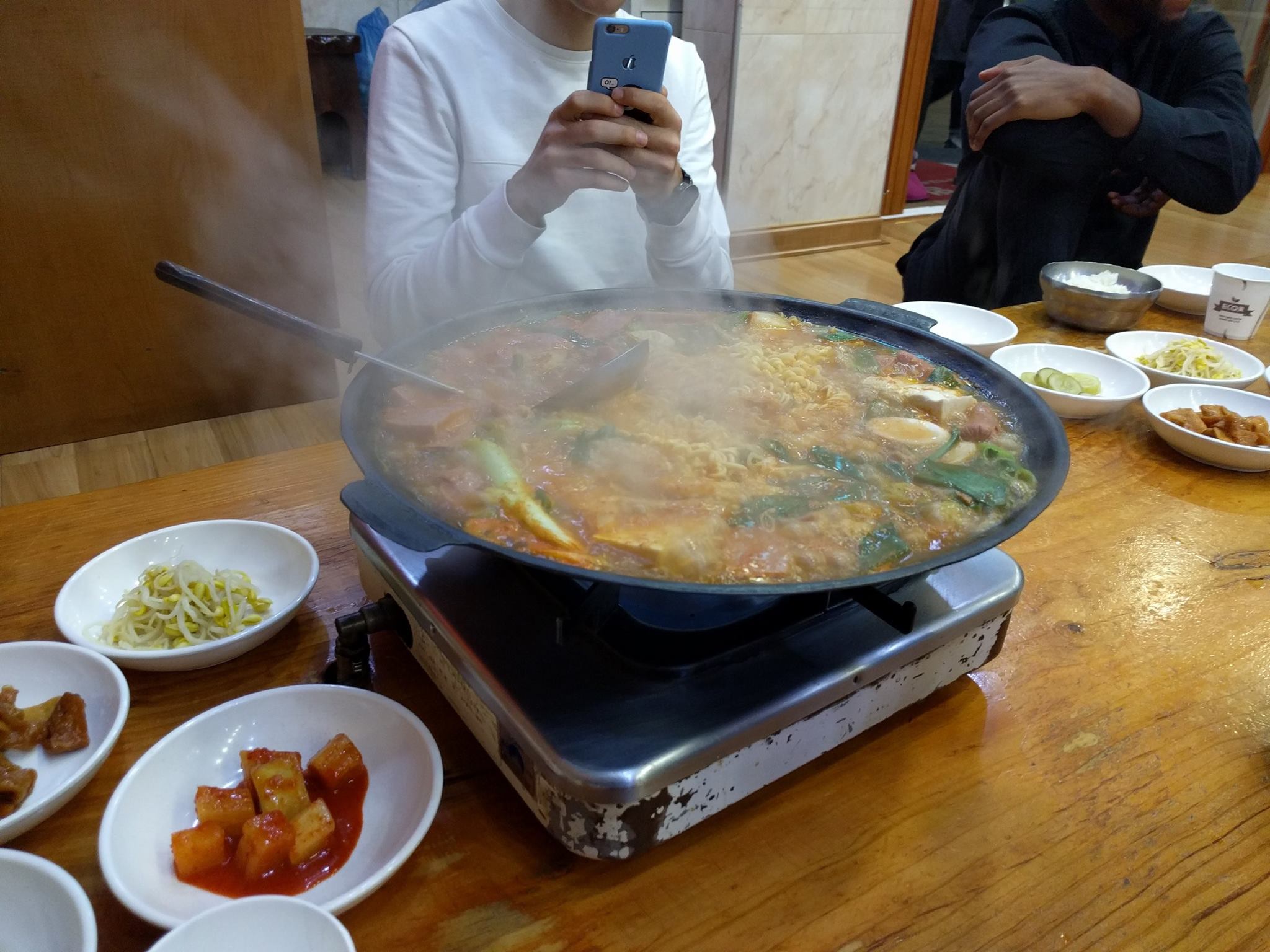
Sharing a large pot of the traditional dish Army Stew. Ramen noodles with veggies and hot dogs!
Food in South Korea is unique with all it has to offer, and quite inexpensive as well. I believe my meals average anywhere between $2-6 and they are always delicious and filling. When I return to the U.S., I will definitely try to incorporate some of the food cultures I’ve learned into my lifestyle at home.



